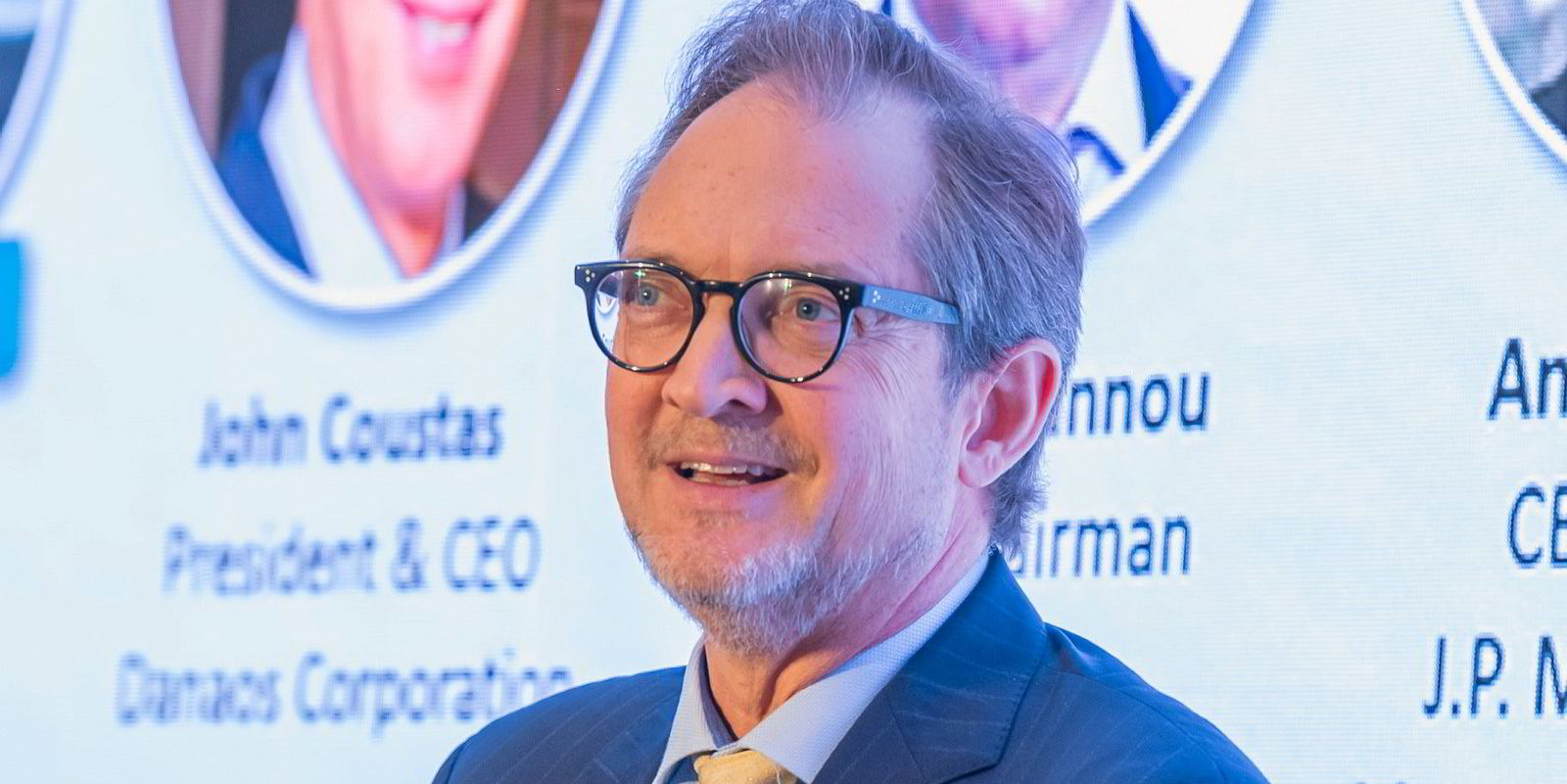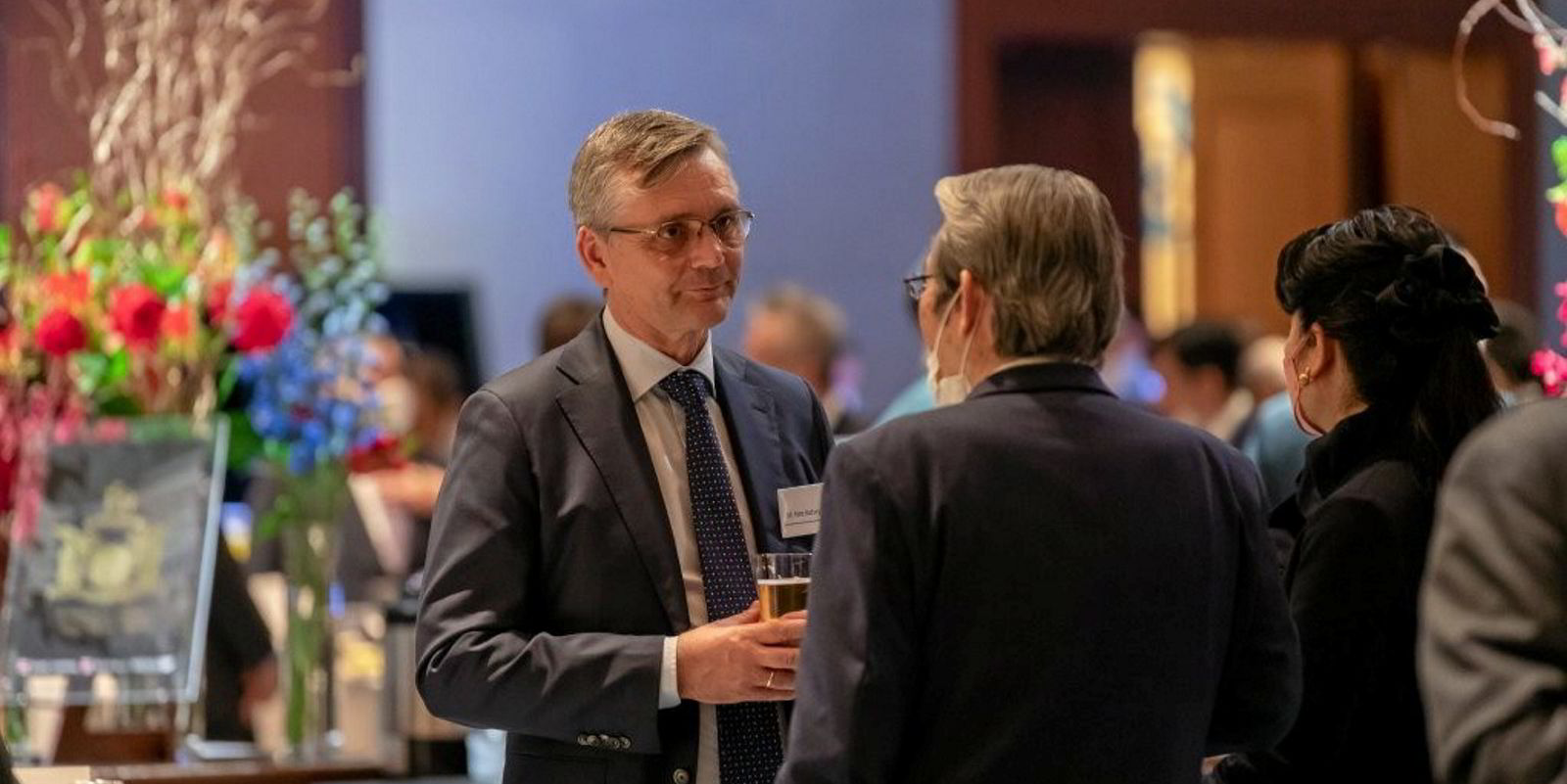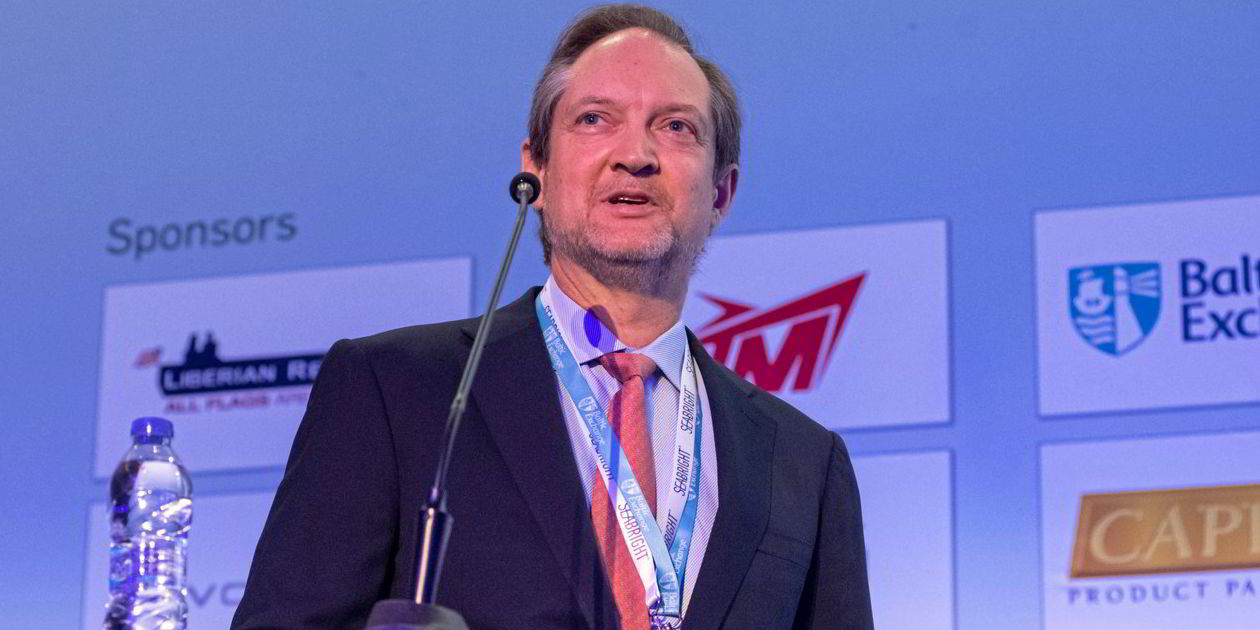JP Morgan is spending about $60m to expand its handysize bulker fleet, in a deal mirroring another acquisition by the company in March.
The US bank has agreed to buy three sister ships from Singapore owner Swire Bulk: the 39,800-dwt Foochow, Funing and Fengning (all built 2015).
Brokers in the US and London believe that JP Morgan has spent between $19m and $19.5m on each of the vessels.
A senior executive with the bank confirmed the deal without commenting on the price.
Andrian Dacy, managing director and group head of the global transportation group at JP Morgan Asset Management, said in an email: “The acquisition of these three vessels further adds to our growing handysize fleet.
“We believe this segment of the market provides attractive opportunities as minor bulk demand increases and associated trade routes grow in complexity.”
JP Morgan has been interested in large, geared, Chinese-built handysizes for more than a year now.
In July 2022, a joint venture of JP Morgan and MUR Shipping swooped on 13 such vessels put up for sale by Louis Dreyfus Armateurs in a deal estimated to be worth about $300m.
In March, it expanded further into that segment by striking its first en-bloc acquisition from Swire Bulk. It spent about $60m again at the time on the 39,800-dwt sister ships Erisort, Erradale and Wulin (all built 2014).
These three vessels have been renamed African Oxpecker, African Lapwing and African Crate, respectively, and are currently registered under the ownership of JP Morgan unit Global Meridian Holdings.
Geared handysizes are not the only ship type in which JP Morgan has been investing in recently.
In August, the US bank ordered two 50,000-dwt product carrier newbuildings at China’s Guangzhou Shipyard International, lifting the total number of methanol dual-fuel MR tankers it has on order there to four.
As for Swire Bulk, it has sold a string of handysize bulkers in recent months.
The traditional owner is increasingly building its business around a group of fuel-efficient newbuildings instead, which it took delivery of in 2020 and 2021 from Japan’s Oshima Shipyard and Hakodate Shipyard.





